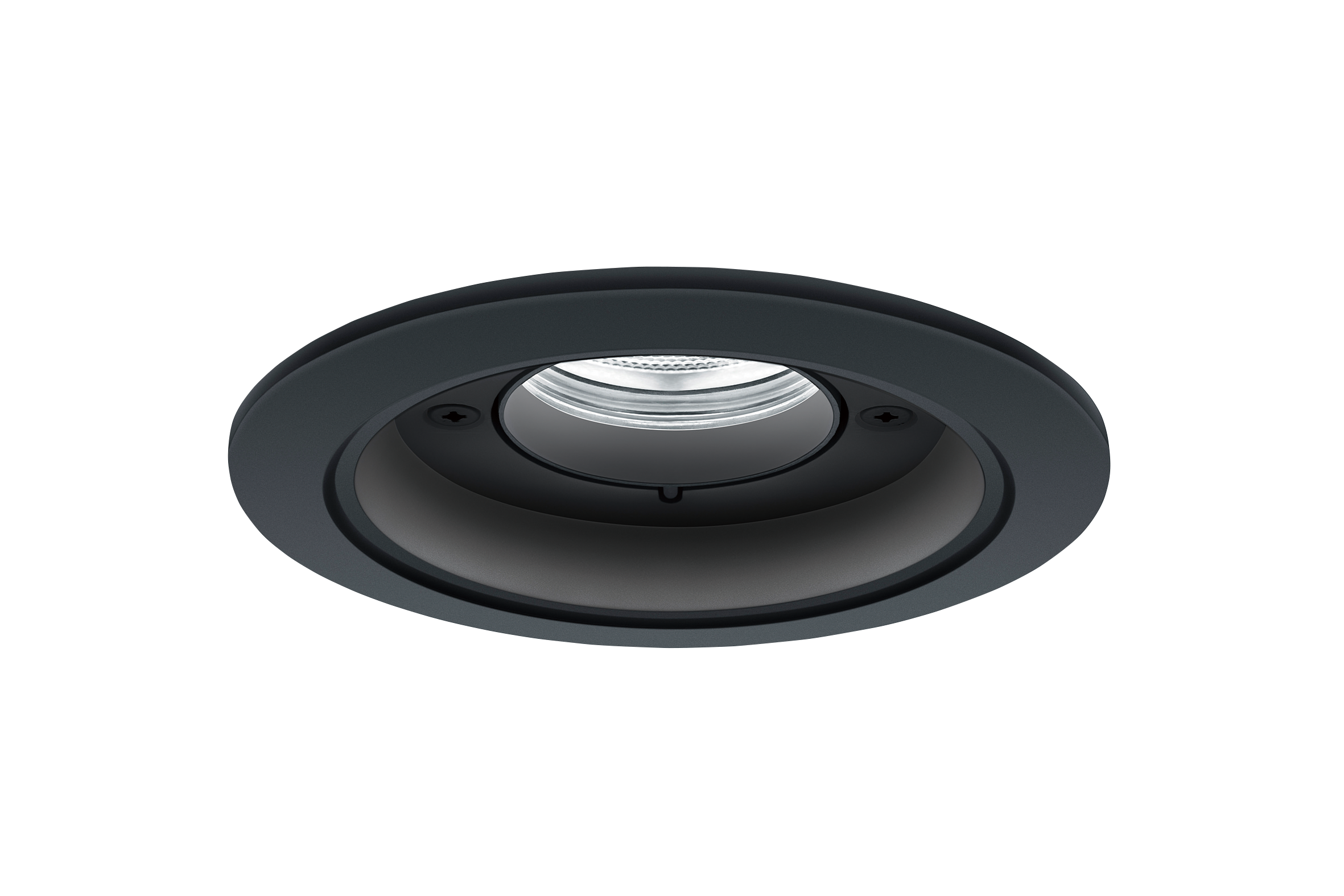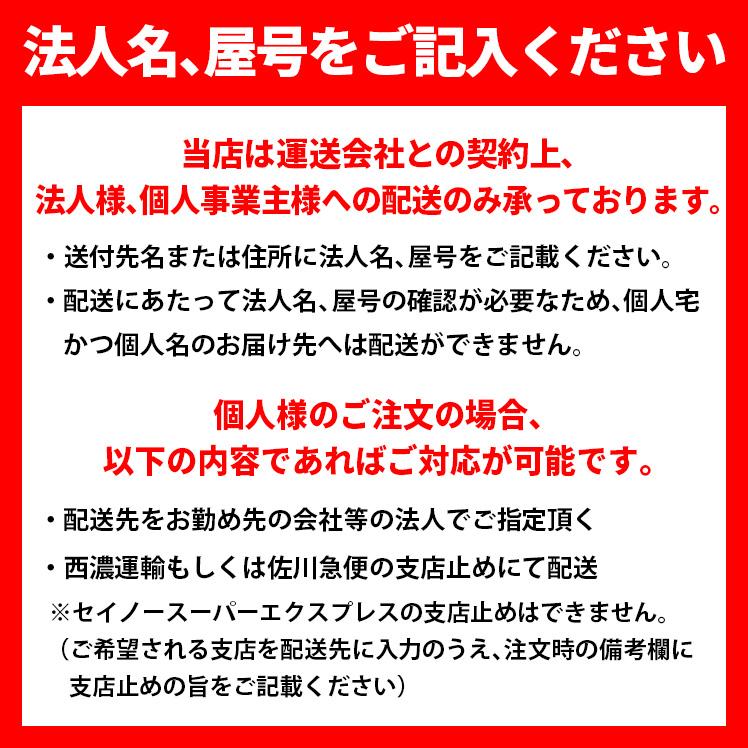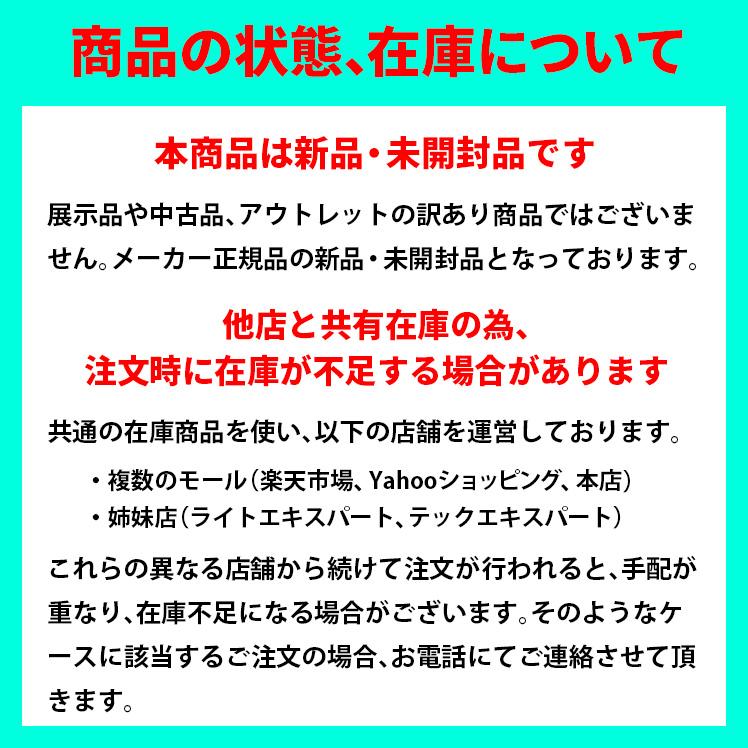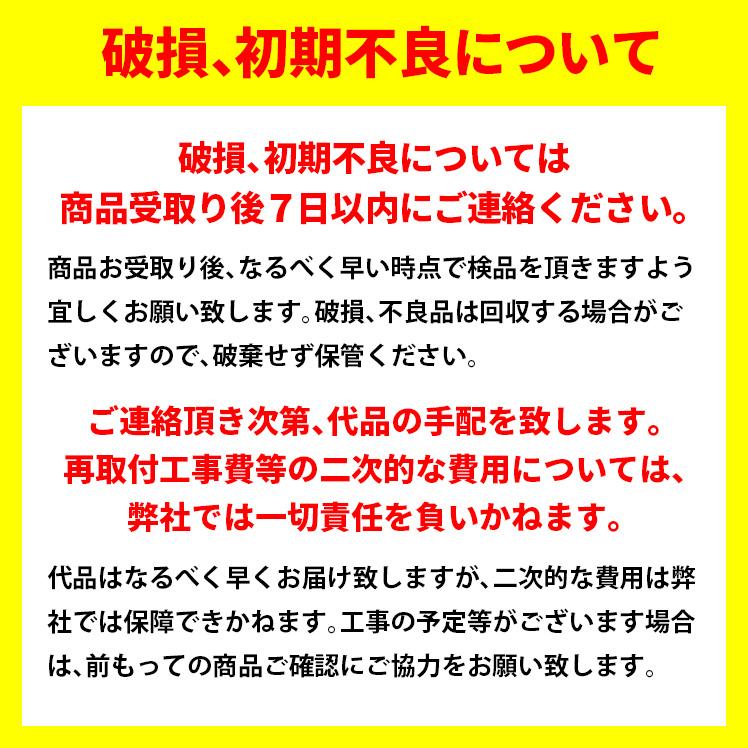[法人限定] XNW1030WL LJ9 パナソニック 天井埋込型 LED 電球色 軒下用ダウンライト [ XNW1030WLLJ9 ]
(税込) 送料込み
商品の説明
商品情報
※取付工事は必ず、工事店、電気店(有資格者)に依頼してください。一般の方の工事は禁止されています。
5763円[法人限定] XNW1030WL LJ9 パナソニック 天井埋込型 LED 電球色 軒下用ダウンライト [ XNW1030WLLJ9 ]家具、インテリア照明、電球Amazon | パナソニック (Panasonic) LEDダウンライト 天井埋込型 浅型安い買取 [法人限定] XNW1030WL LJ9 パナソニック 天井埋込型 LED 電球
XNW1030WL LJ9 軒下用LEDダウンライト 電球色 ビーム角45度 広角 防雨
XNW1030WL | 照明器具検索 | 照明器具 | Panasonic
XNW1030WL LJ9 軒下用LEDダウンライト 電球色 ビーム角45度 広角 防雨
パナソニック XNW1030WL LJ9 LED 電球色 ダウンライト 浅型10H ビーム
軒下用LEDダウンライト 100形Φ100広角 調光
安い買取 [法人限定] XNW1030WL LJ9 パナソニック 天井埋込型 LED 電球
安い買取 [法人限定] XNW1030WL LJ9 パナソニック 天井埋込型 LED 電球
安い買取 [法人限定] XNW1030WL LJ9 パナソニック 天井埋込型 LED 電球
XNW1030WL | 照明器具検索 | 照明器具 | Panasonic
パナソニック XND1039WL LE9「NDN28308W+NNK10001N LE9」天井埋込 電球色 ダウンライト 浅10H ビーム角80度 拡散タイプ 光源遮光角15度
全品送料0円 XND1036WVRY9 ダウンライト パナソニック ダウンライト
XND1507SL | 照明器具検索 | 照明器具 | Panasonic
XNW1030BL | 照明器具検索 | 照明器具 | Panasonic
[法人限定][即納在庫有り] XNG0661WLK LE9 パナソニック ダウンライト 非常用 階段通路誘導灯 LED 電球色 ビーム角85度 拡散 埋込穴φ150 [ XNG0661WLKLE9 ] | 照明専門店ライトエキスパート
XNW1530WL | 照明器具検索 | 照明器具 | Panasonic
XND1030WL | 照明器具検索 | 照明器具 | Panasonic
パナソニック XND1569WN LE9 LED 昼白色 ダウンライト 浅型9H ビーム角
最上質 パナソニック【LGB16746】ペンダント(ランプ別売GX53
パナソニック XNG0661WLK LE9 電球色 LEDダウンライト 非常用 階段通路誘導灯 30分間 拡散型 自己点検機能 埋込穴φ150 FHT16形1灯相当 本体+電源ユニット : xng0661wlkle9 : エムズライト - 通販 - Yahoo!ショッピング
XNW1030WL | 照明器具検索 | 照明器具 | Panasonic
低価格 無印良品 無印良品 Amazon 良品計画 ペンダントライトアルミ 白
XNW1030WL LJ9 軒下用LEDダウンライト 電球色 ビーム角45度 広角 防雨
最高品質の素材 Sunyow サンヨウ シャンデリア 吊り下げ式 SS20G 116
全てのアイテム 遠藤照明 LEDユニバーサルダウンライト 幅広枠タイプ
最上質 パナソニック【LGB16746】ペンダント(ランプ別売GX53
Amazon | パナソニック (Panasonic) LEDダウンライト 天井埋込型 浅型
2022新入荷 ▽サンゲツ オーダーカーテン 形態安定 裾:折返し 2.0倍
パナソニック XND1039WL LE9「NDN28308W+NNK10001N LE9」天井埋込
XND1030WL | 照明器具検索 | 照明器具 | Panasonic
日本アウトレットストア スーパークリアー ミラー 430x600mm リーク
XNS1030WVK | 照明器具検索 | 照明器具 | Panasonic
XNW1031WWLZ9(NDW27306W+NNK10015N LZ9)XNW1031WW LZ9 LEDダウン
XND5597SW | 照明器具検索 | 照明器具 | Panasonic
冬セール開催中 [法人限定] XNW1030WL LJ9 パナソニック 天井埋込型
XND1039WV | 照明器具検索 | 照明器具 | Panasonic
品揃え豊富で [WHLED]LED高天井照明 Amazon.co.jp XG454011LED一体型
XNW1030BL | 照明器具検索 | 照明器具 | Panasonic
XNW1031WWLZ9(NDW27306W+NNK10015N LZ9)XNW1031WW LZ9 LEDダウン
XNW1030BL | 照明器具検索 | 照明器具 | Panasonic
商品の情報
メルカリ安心への取り組み
お金は事務局に支払われ、評価後に振り込まれます
出品者
スピード発送
この出品者は平均24時間以内に発送しています
![安い買取 [法人限定] XNW1030WL LJ9 パナソニック 天井埋込型 LED 電球](https://tshop.r10s.jp/light-expert/cabinet/p_downlight_05/101k35456.jpg)
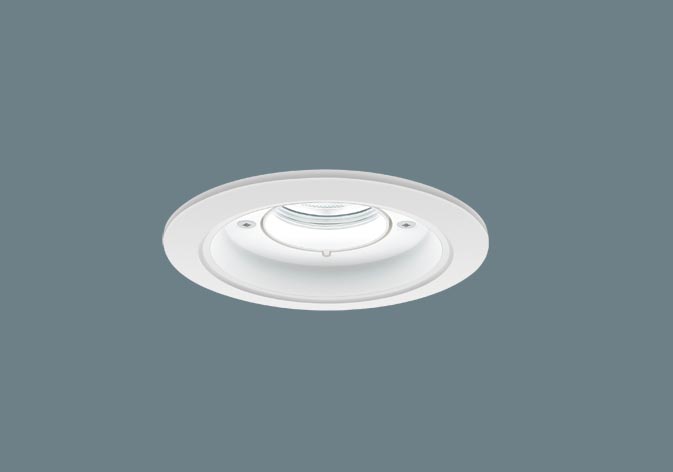
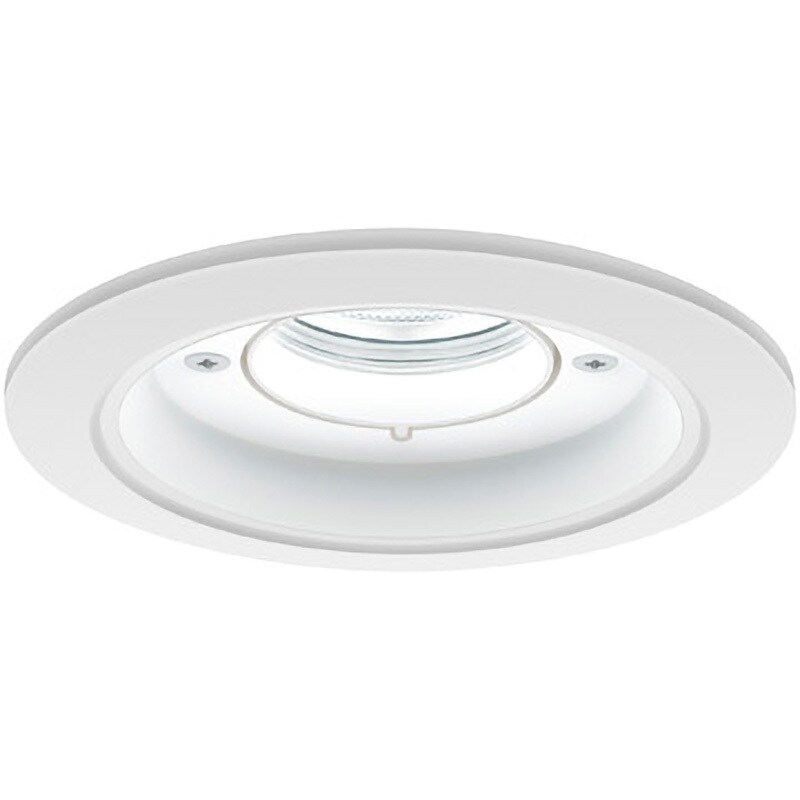
![安い買取 [法人限定] XNW1030WL LJ9 パナソニック 天井埋込型 LED 電球](https://tshop.r10s.jp/light-expert/cabinet/08950913/banner/item-img_zaiko.jpg)
![安い買取 [法人限定] XNW1030WL LJ9 パナソニック 天井埋込型 LED 電球](https://tshop.r10s.jp/light-expert/cabinet/08950913/banner/item-img_delivery.jpg)
![安い買取 [法人限定] XNW1030WL LJ9 パナソニック 天井埋込型 LED 電球](https://tshop.r10s.jp/light-expert/cabinet/08950913/banner/item-img_hason.jpg)
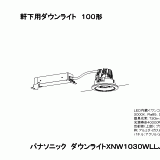

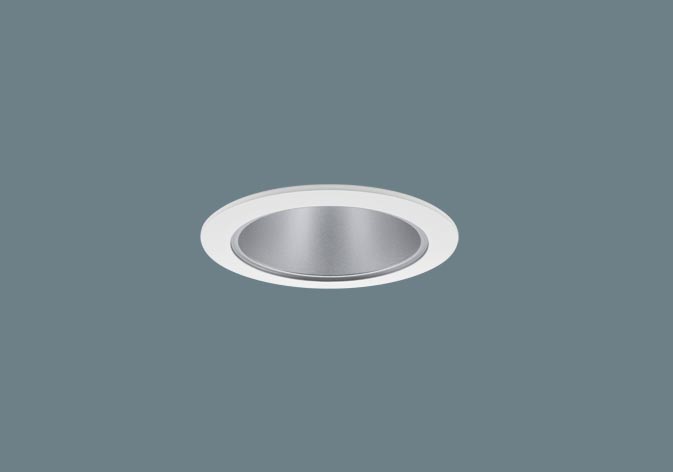
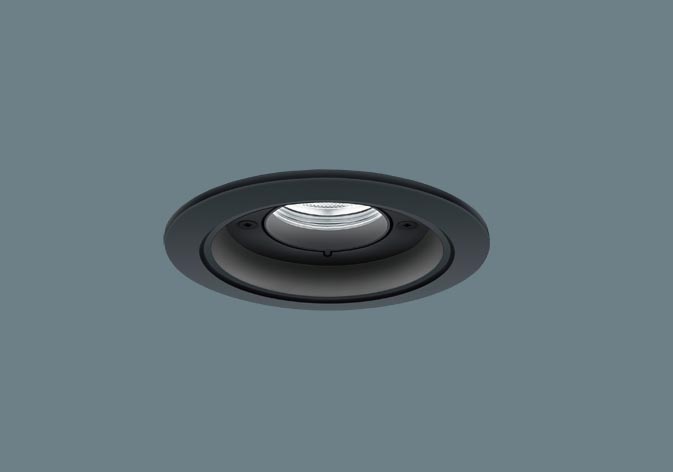
![[法人限定][即納在庫有り] XNG0661WLK LE9 パナソニック ダウンライト 非常用 階段通路誘導灯 LED 電球色 ビーム角85度 拡散 埋込穴φ150 [ XNG0661WLKLE9 ] | 照明専門店ライトエキスパート](https://tshop.r10s.jp/light-expert/cabinet/yu-doutou_01/101k43350_s.jpg)
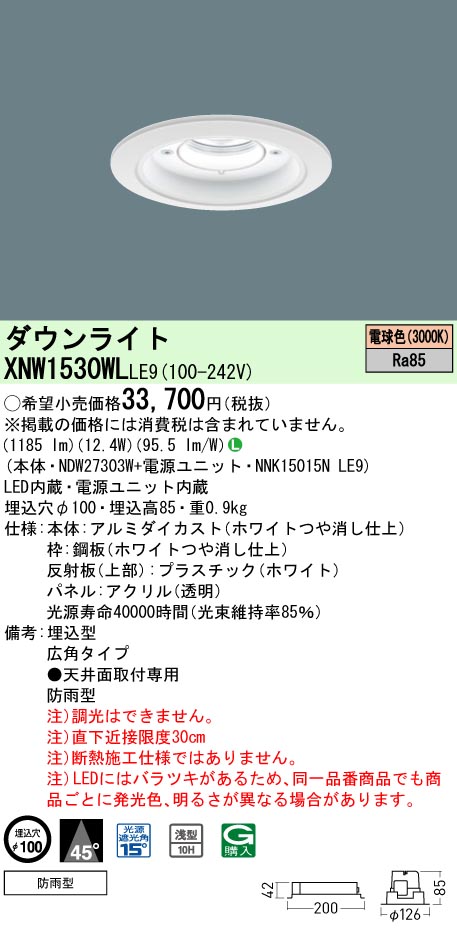
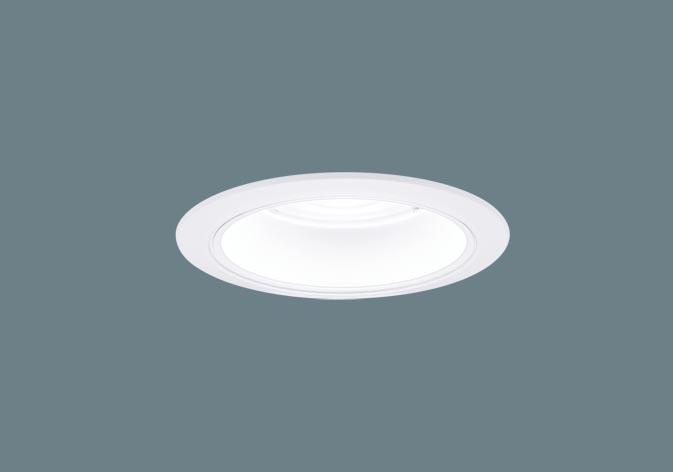

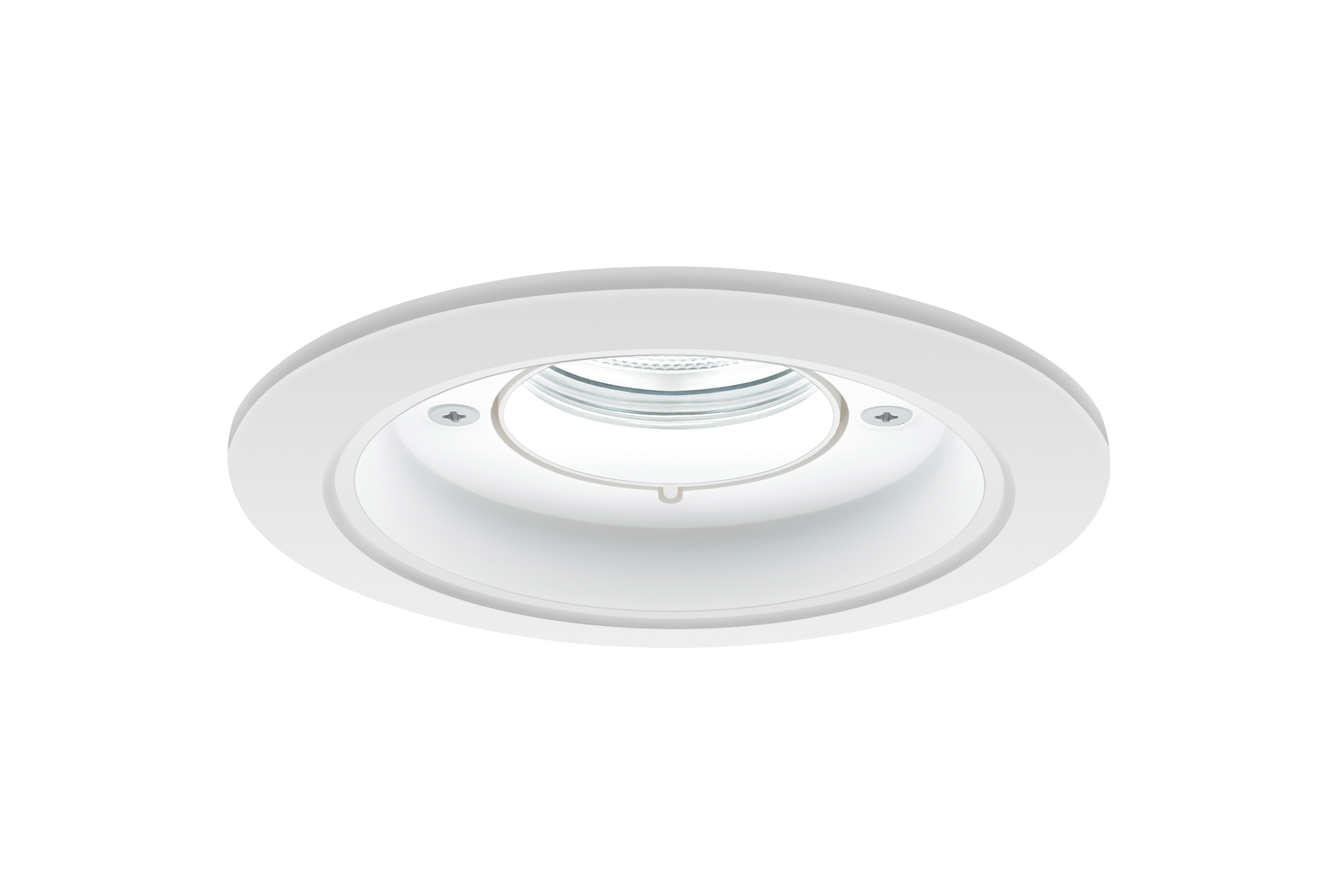






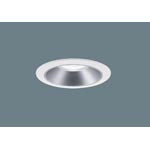
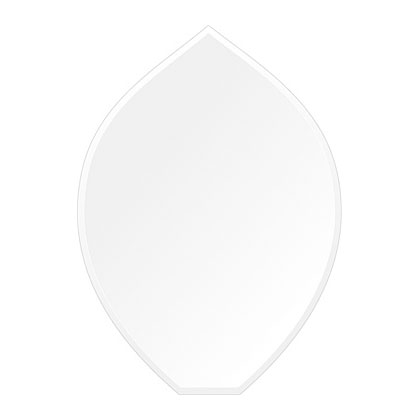
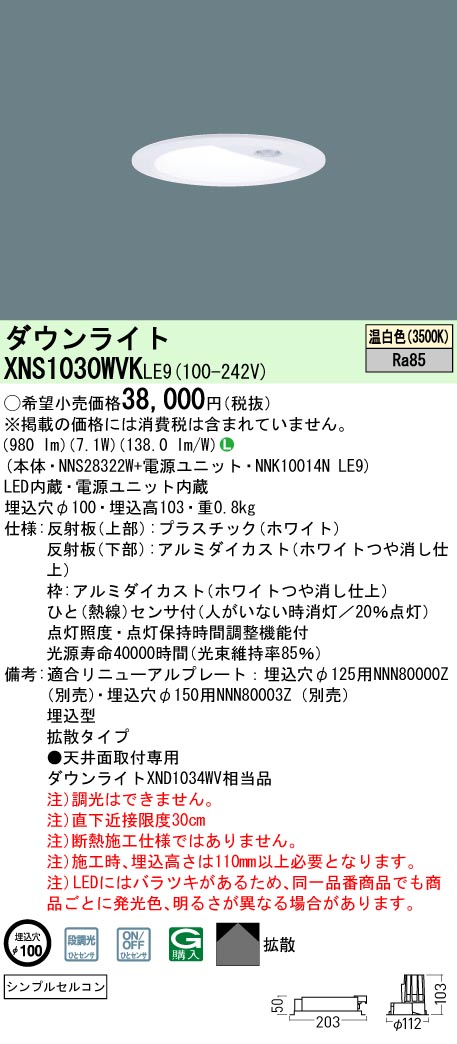
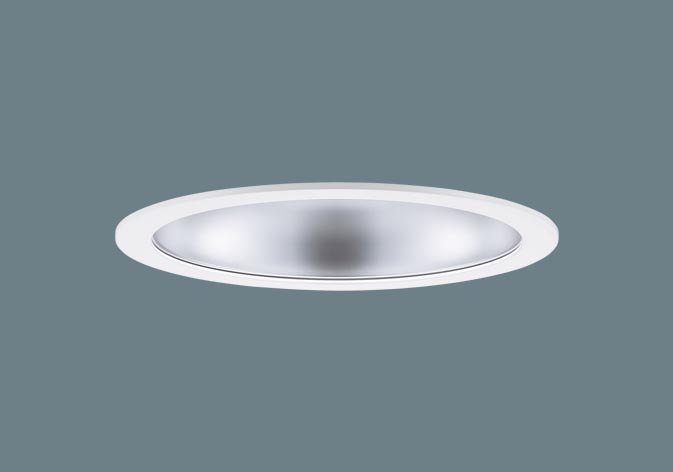
![冬セール開催中 [法人限定] XNW1030WL LJ9 パナソニック 天井埋込型](https://tshop.r10s.jp/koreda/cabinet/3000off/04/0077265576.jpg)
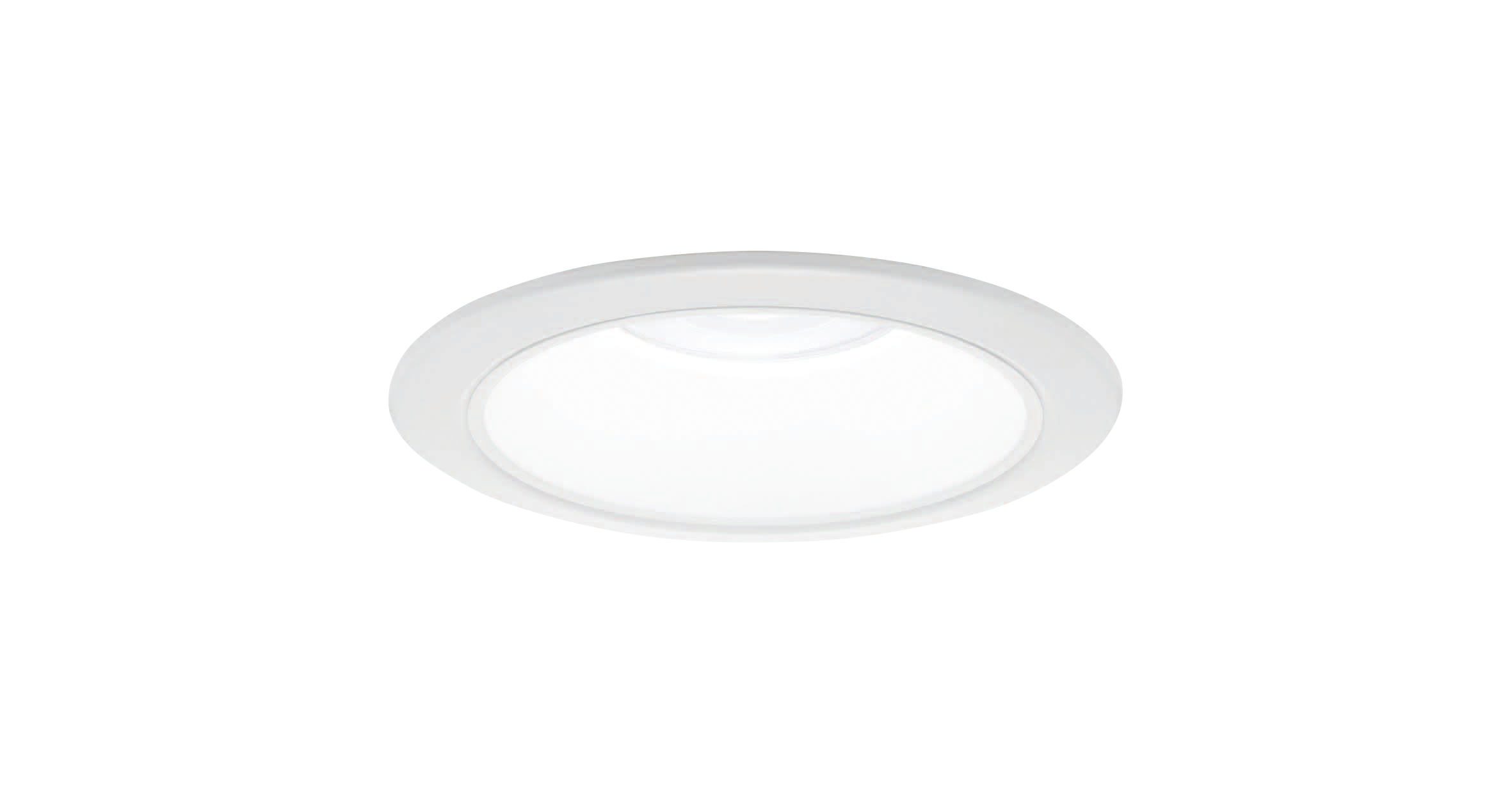
![品揃え豊富で [WHLED]LED高天井照明 Amazon.co.jp XG454011LED一体型](https://tshop.r10s.jp/tss/cabinet/white50/xg454011.jpg)
